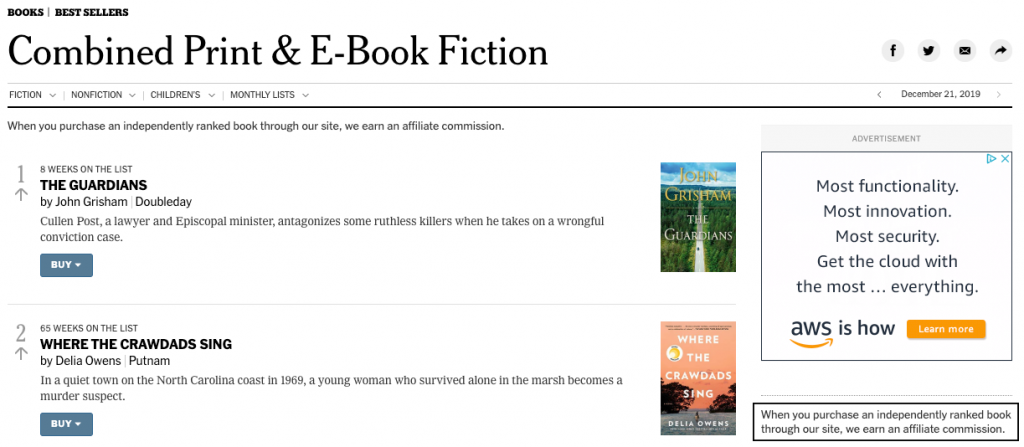Part traction channel, part revenue stream, part lead gen tool, affiliate programs can be extremely effective for everyone involved. When done correctly, that is. By definition, affiliate programs are arrangements in which a company pays a commission to affiliates for delivering conversions. Sales and leads are the primary conversions used, but some companies will pay for web traffic.
Amazon, of course, is one of the leaders in the affiliate space. Coined Amazon Associates, the e-commerce behemoth pays percentages and flat fees on sales generated from a company’s website or social media account. Say you review baby products on your blog. You can apply (and hopefully get accepted!) to the program, attach a tracking code to links to the product page you are reviewing and you’re set. In this example generating a sale of a car seat would net you 4.5% of the sale price. A bonus? Commissions don’t just apply to the product you are linking to. Any purchase from a customer you drive there counts!
Keeping with the baby theme, recommend your readers signup for the Amazon Baby Registry and you get $3 as soon as someone adds one item to the list.

Do Your Research
Just like anything on the web, some services are better than others. And when it comes to affiliate programs there are a lot of shady operations. Does it seem too good to be true? Well, it’s probably not. Look out for clumsily put together websites, a lack of terms and conditions and an unorganized fee and payout explanation. You should never pay to join. Anything that says “Get Rich Quick” should be avoided. And make sure the products you would be recommending are legit. The last thing you want is to get scammed out of commission AND your readers or followers scammed as well.
Bottom Line: Do your research, read reviews and talk to associates.
Staying True to Your Brand
It’s important to keep in mind that while you’re driving revenue and making a living that you are still a trusted source of information for your readers. So you certainly don’t want to be mentioning products you don’t recommend just because they have a high price tag. Further to that point, the best affiliates are transparent, noting on their site or in the article they are making a commission over referral purchases. The New York Times does a great job at that when they publish their books bestseller lists.

Why Should I Engage in Affiliate Marketing as a Big Brand
Because it’s noisy out there and you can use all the help you can get! Similar to business development it’s a relationship that is a win for you and a win for the partner. You can almost consider an affiliate network your own paid street team. You just don’t have to pay them until there is money in your pocket.
In terms of who, let’s extend the street team analogy. Who better to market your product than your loyal customers? They are already educated on your brand or service and the promise of occasional discounts in addition to a commission could be a powerful motivator. You’ll, of course, need to vet them and make sure they have a platform worth your effort, but the impact of a team of influencers could be huge.
One place to start would be with your analytics. Who has purchased the most from your store or who opens the most amount of your emails? Is there someone who is always liking, sharing and commenting on social media? Isolating these super users and then vetting them prior to reaching out can save a lot of time.
Looking for some simple tips on setting up your affiliate marketing program? Check out this tutorial!
Want to learn more about affiliate marketing and the other 18 traction channels? Check out our YouTube channel and our podcast, Cutting Through The Noise.

